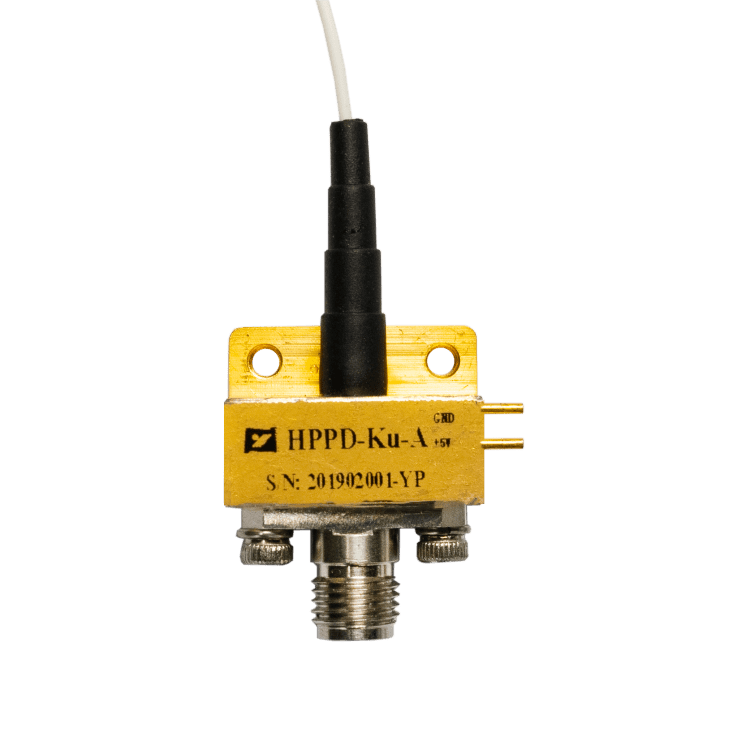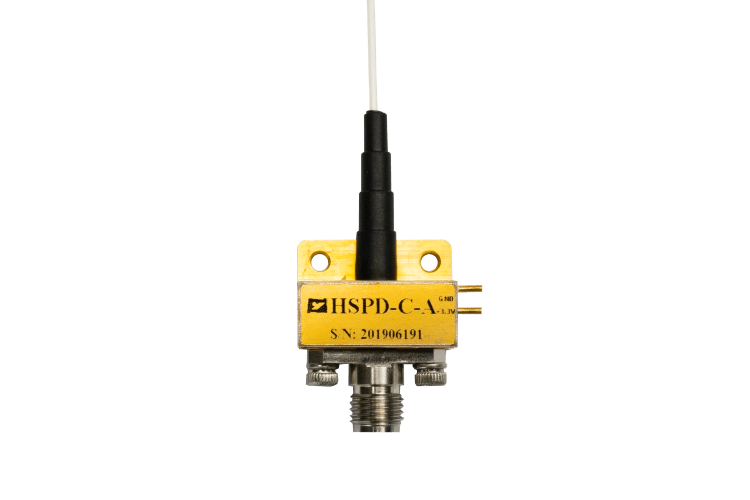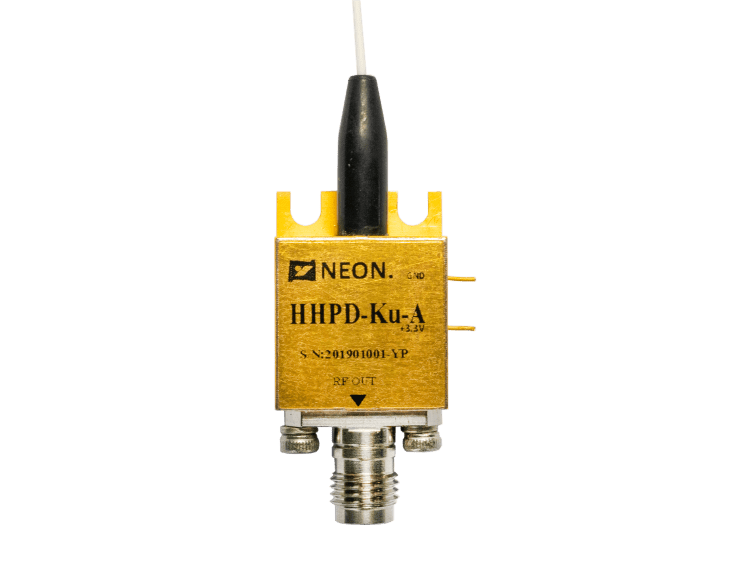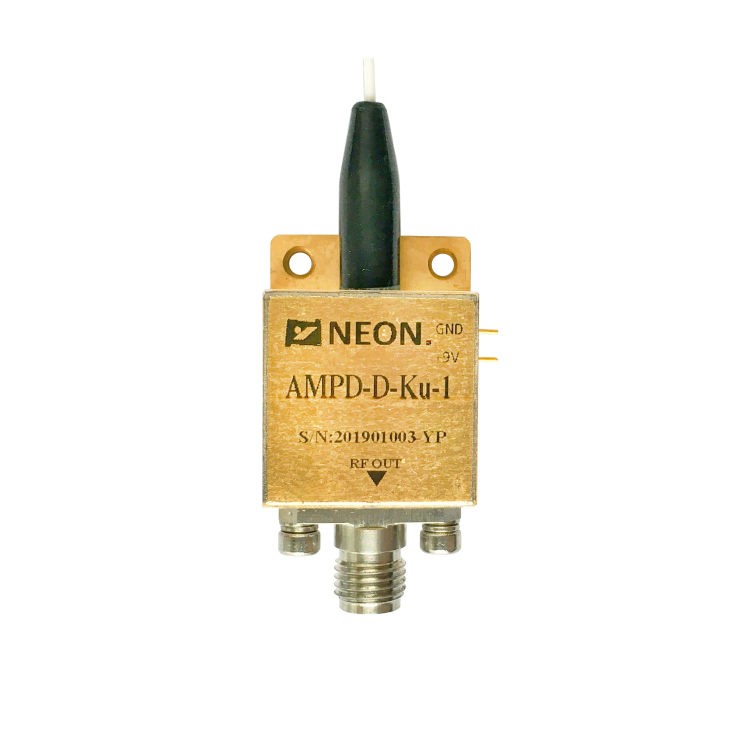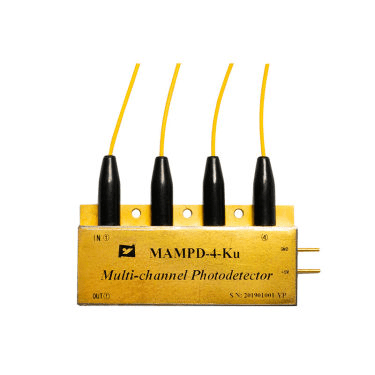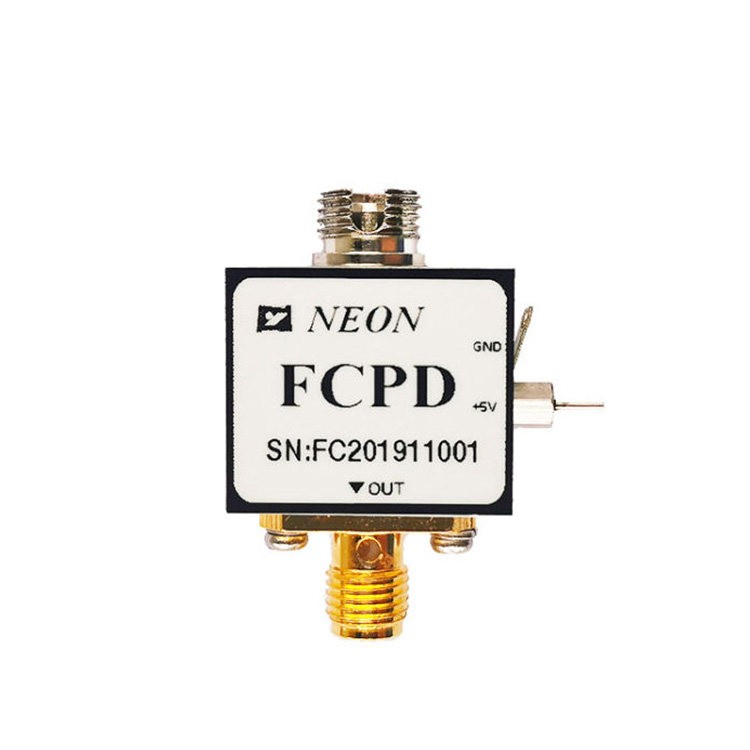Little-Known Facts About Photodetector In Fire Detectors!
Overview of photoelectric detectors in fire detectors
The photodetector is a very important tool for humans to perceive and obtain lightwave information, mainly converting light signals into electrical signals that can be resolved. As the electronic component of the detector, the photodetector is widely used in space communication and fire monitoring.
This paper describes the specific working principle, performance advantages, and structure of photoelectric detectors in fire detection. And analyzed the specific application of photoelectric detectors in fire detection.
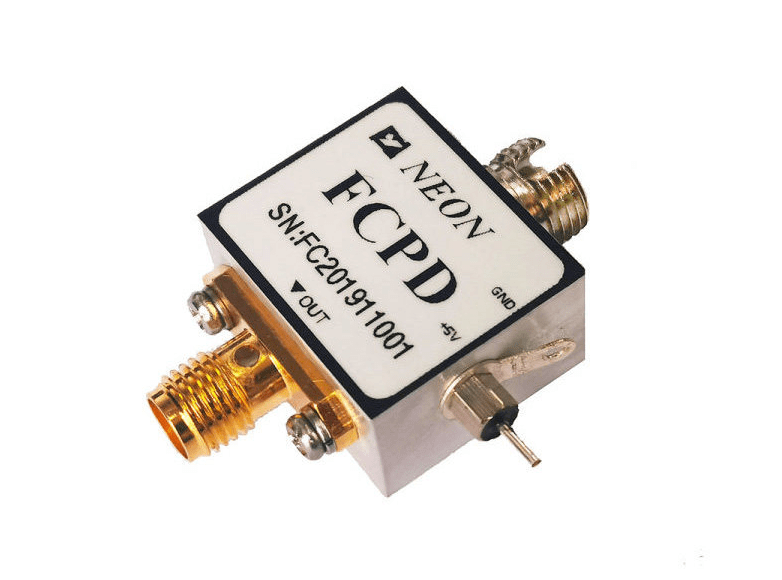
The working principle of the photodetector
The photodetector is an important component that can convert light radiation into electricity for index measurement. The photodetector makes full use of the photon effect and the internal photoelectric effect. The internal photoelectric effect can be divided into the photothermal effect, photoconductive effect, and photovoltaic effect.
Photoconductive detector
The photoconductive detector is a detector made by making full use of the photoconductive effect. It uses optical semiconductor materials, which do not need to form a p-n junction first. Under normal conditions, the photodetector can change the original resistivity of the material. Based on the strong external light intensity, the smaller the resistance value of the device, that is, the photoresistor can be used for near-infrared radiation and at room temperature. Visible light detection. Under low-temperature conditions, non-photosensitive resistors can be used in the detection process of mid-and far-infrared radiation. Common photoresistors include cadmium sulfide, cadmium selenide, and other materials, among which the lower-cost visible photoresistors are cadmium sulfide and cadmium zinc photoresistors.
The cadmium sulfide photoresistor can be used for visible light detection, and its sensitivity is relatively high, the spectral region is 0.3 ~ 0.8um, the cadmium selenide photosensitive region is 0.3 ~ 0.9um, the peak value is 0.6um, and its sensitivity is relatively high in red light detection. The photosensitive electronic device has good operating reliability and long service life. Such photoconductive detectors can be used for automatic detection.
In addition, the photoconductive detector has a higher photoconductive gain ratio and a longer response time. For near-infrared radiation detectors, photoresistors made of lead sulfide materials have better performance and can shorten the response time when operating at room temperature. They can be widely used in remote sensing technology and infrared guidance technology.
Vacuum photodiode
The negative electrode and the anode can form a vacuum photodiode in the vacuum shell. The photoemission material is distributed on the outside of the cathode. The shape of the glass shell is reasonably selected so that the negative electrode can fully receive the electrons emitted by the negative electrode without being affected by external light factors.
Under the applied voltage, if there is wavelength irradiation, then the negative electrode of the photodiode can emit photoelectrons. At this time, the negative electrode can emit photoelectrons, and electrons are collected at the anode position to form a photocurrent. The operating voltage of the photodiode in the saturation region should satisfy the formula:
The saturation and voltage drop are V0, the saturation current is I1, and the load resistance is R1. The photoelectrons emitted by the photodiode negative electrode can be proportional to the incident light to a wide extent, so this material can be used for light intensity measurement.
Pyroelectric detector
The pyroelectric detector is a detector prepared by the pyroelectric effect. Its operating frequency is several hundred hertz or even several kilohertz. It has a fast response speed and can be used for the production of different shapes and sizes. It is affected by external temperature. Smaller. In addition, in the process of far-infrared and ultraviolet detection, the pyroelectric detector has the advantages of uniform absorption rate and wide application range, especially for the far-infrared above 14um.
The material of this detector is a small piece of pyroelectric crystal. When the outside temperature changes, the polarization of the dipole will also change greatly. The voltage at both ends of the vertical polar axis will be significantly reduced, and heat flow will be formed at both ends.
The materials for making pyroelectric detectors are usually lead carbonate ceramics and diglycine sulfate, of which diglycine sulfate has better performance. For pyroelectric detectors, there is no constant radiation output and response bandwidth. Therefore, different bias resistors can be selected in combination with the place of use and the response speed. The main noise sources of this detector are thermal noise, temperature noise, and amplifier noise. The response speed is fast, and the response time is short under load. Compared with other types of detectors, it can even be more than 5 orders of magnitude lower. Because the pyroelectric detector has a fast response speed, a high detection rate, and can operate at room temperature. Therefore, it can be used in many fields such as anti-theft alarms and fire protection.
Photovoltaic detector
Photovoltaic detectors are detectors manufactured using the photovoltaic effect. Depending on whether a bias is applied, they can be divided into different types of detectors, including photodiodes, triodes, and photovoltaic cells. Among them, photovoltaic detectors are mainly divided into photodiodes and phototransistors, which are also the main components for near-infrared light and visible light wave detection.
Compared with photodiodes, phototransistors have a faster response speed and low bias voltage. Compared with photodiodes, the response time is longer and the response frequency is low. This material generally cannot be used in broadband optical communication systems. For ordinary optical systems, due to their low requirements for response frequency, phototransistors can also be widely used.
For example, an avalanche photodiode, which is a device similar to a photomultiplier tube, has an internal current gain amplification effect, which can increase the photocurrent and improve the detection sensitivity of the detector. Detectors prepared by using an avalanche tube to produce avalanche multiplier benefits under high reverse bias conditions generally have a gain of more than 10 times.
On the whole, this type of photodiode has the characteristics of being lightweight, small in size, low operating voltage, low cost, good sensitivity, and fast response speed, and has a wide range of application values in fiber optic ventilation and photoelectric detection. However, in addition to the noise factor of ordinary photodetectors, due to the internal gain, external noise will also be introduced. Especially under high-temperature operating conditions, due to the rapid increase of diode thermal noise in a short time, it is not suitable for special Places.
Specific application of photoelectric detector in fire detection
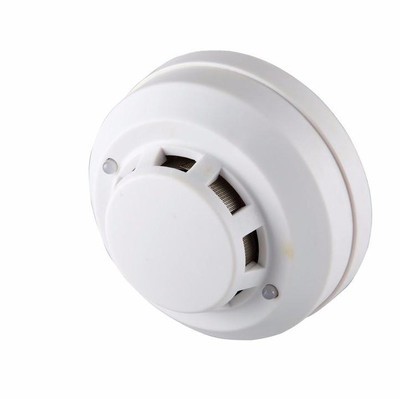
Linear beam smoke detector
This type of detector is a fire detector prepared by changing the intensity of infrared light beam scattering or smoke particle absorption. When it is working normally, its transmitter can emit a pulsed infrared beam with a wavelength of 940nm. The pulsed infrared beam will not be blocked after passing through the protective space. And can transmit the signal directly to the photosensitive element of the receiver. When a fire breaks out in the environment, the smoke can spread to the infrared beam, reducing the amount of infrared light received by the receiver, and an alarm message can be issued after reaching a predetermined value. This type of fire detector has a wide protection range, and can usually be installed in an environment with high relative humidity, strong electric field, and high location. It has a faster response speed and is generally used in large space monitoring systems.
Photoelectric smoke detector
In the near-infrared spectrum and the visible spectrum, the photoelectric smoke detector is a detector prepared by the principle of light absorption and scattering by flame particles. It can be divided into two types: scattered light detection and dimming detection. The application range of dimming detectors in the market is relatively narrow. The scattered light detector is based on the interaction of aerosol particles and electromagnetic waves. For the latter, indoor light-emitting and light-receiving components can be installed. Generally speaking, the light-emitting element can be an infrared light-emitting diode with high luminous efficiency and large current, and the light-receiving element is a semiconductor silicon photocell. During normal operation, the light-receiving element cannot receive the light emitted by the light-emitting element, but when a fire occurs outdoors, the resistance of the light-emitting element will change when it is scattered by smoke particles, thereby forming a photocurrent, which converts the smoke signal into electrical energy. Signal. This type of fire detector can sensitively detect burning materials scattered and absorbed by visible light, infrared light, and the ultraviolet electromagnetic spectrum. Compared with the ion induction detector, it has a stable anti-airflow interference ability, and its influence on it is greater than the humidity and temperature of the external environment. Small in size, compared with excitation induction detectors, photoelectric smoke detectors respond faster to larger particle sizes and off-white particles.
Infrared flame detector
Combustible materials, all involve infrared radiation. Therefore, infrared flame detectors also have a wide range of application values in fire detection. When designing this type of fire detector, the operating band of early fire detectors was one micron. After the 1970s, lead sulfide was selected as the photosensitive element, which can operate at a carbon dioxide absorption band of 2.7um, but the photosensitive element has many sources of interference radiation. In addition, it is also limited by external temperature factors. When the external temperature is higher than 45°C, the performance of the photosensitive element is poor.
After the 1980s, researchers proposed that lithium tantalate pyroelectric detectors can be used as sensitive components, which have good flame detection superiority, and the material is in the range of 0.2 to 0.2. It has good detection sensitivity in the range of 100um and will not be affected by external temperature factors. Since this type of detector uses lithium tantalate as its material, it has good sensitivity to infrared radiation. In the 4.4um band, the detector has a better application effect in flame detection. Compared with lead sulfide flame detectors, flame detectors prepared by using lithium tantalate thermal electricity are less affected by light radiation and lighting factors.
All in all, this research analyzes the different types of photoelectric detectors and produces specific applications of different types in fire detection. At present, photoelectric detectors can be used in flame detection, fire alarm, active target imaging, detection, and other fields. In the future, photoelectric detectors will achieve higher sensitivity, higher response speed, and broadband response. With the development of current fire detection technology, the operational performance requirements of photoelectric detectors will gradually increase.
As a professional photodetector manufacturer, we provide a professional photodetector. Including High-speed photodetector, FCPD (face-contacted) photodetector, InGaAs Pin Photodetector, etc. NEON’s photodetector price advantage has always been the key to being sought after by customers. If you need a reliable and cheaper photodetector, you can contact us, we will choose the product that suits you and provide a better quotation.


